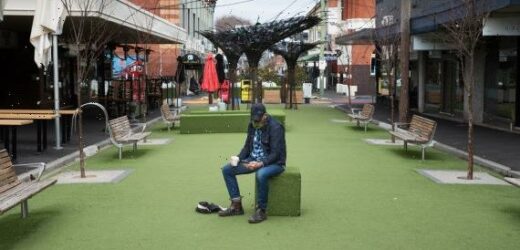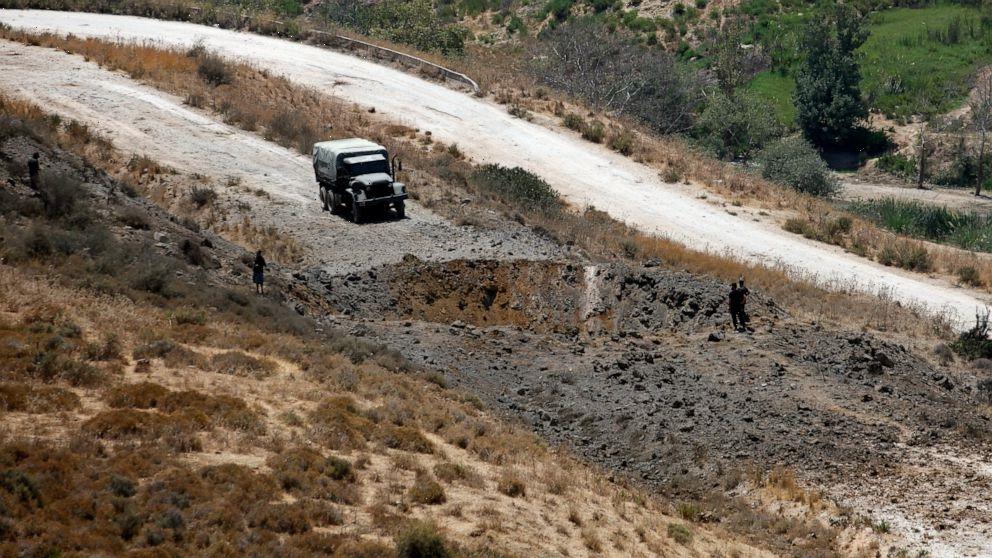For our free coronavirus pandemic coverage, learn more here.
When the long lockdown of 2020 was coming to an end, Premier Daniel Andrews was adamant that it must be done slowly and safely. He argued it was the only way to ensure the state stayed relatively free of restrictions over summer. The worst-case scenario was Victoria having to jump in and out of lockdown.
It turned out to be more than 100 days before the next lockdown in February this year, sparked by an outbreak from hotel quarantine. It was 99 days before lockdown four hit and 34 days before lockdown five. And now, only nine days since restrictions were last lifted, the state finds itself back to only five reasons to leave home. The satisfaction on Wednesday of a double-doughnut day did not even last 24 hours.
The vibrant streets of inner Melbourne suburbs have once again gone quiet. Credit:Jason South
For those trying to run a business, students, and many others, this is the worst-case scenario. Planning more than a few days ahead has become a high-risk venture. It is exhausting, frustrating and, no doubt, giving rise to a lot of anxiety. While the lockdown protests of Thursday night are hardly welcomed, the collective cry of “we have had enough” must ring true for a lot of Victorians.
But these are not days of great choices. Victoria, along with the rest of Australia, has chosen the path of doing everything it can to minimise the loss of life, no matter the disruption to daily life. On this marker, it has worked. Less than 1000 people have died in Australia of COVID-19, and with most of the elderly now vaccinated, that number is unlikely to increase dramatically.
But it comes at a cost. More than half of the Australian population is living under some form of lockdown. We should remember that, despite the somewhat reignited Melbourne-Sydney rivalry, both cities have a shared understanding of the pressures such restrictions bring to bear on daily life.
A view beyond our national borders also gives some perspective. After months of living free of COVID-19, China is battling to contain an outbreak of the Delta variant, brought in by a single visitor from Moscow. It has now been detected in at least 16 Chinese provinces and municipalities. Israel, a country praised for its fast rollout of vaccines, is about to re-introduce a range of restrictions this weekend after infection rates began to spike again.
This week, the global number of COVID-19 infections surpassed 200 million. It took more than a year for the pandemic to reach 100 million cases, and little more than six months to double that. While that acceleration is a basis for concern, the threat to each person has become a binary proposition, with those lucky enough to be fully vaccinated facing little risk of serious illness or worse.
It is more than 18 months since the first case of COVID-19 reached Australia’s shores and the second Melbourne winter that lockdowns have determined much of our lives. There is still some way to go. Vaccines in numbers that will give everyone the chance to be inoculated are expected to start arriving in September. But if there is one thing this pandemic has taught us, it’s that the best-laid plans can be turned on their head for myriad reasons, many of which are out of our hands.
Victorians are being tested like never before. Six lockdowns, and possibly counting, are not going to be easily forgotten. Let us remember today to support and care for each other.
Gay Alcorn sends an exclusive newsletter to subscribers each week. Sign up to receive her Note from the Editor.
Most Viewed in National
Source: Read Full Article



